Do I have an infected bird feeder in the yard? Here's how to spot the warning signs and prevent deadly contamination
With avian flu on the rise, recognizing the signs of an infected bird feeder is important
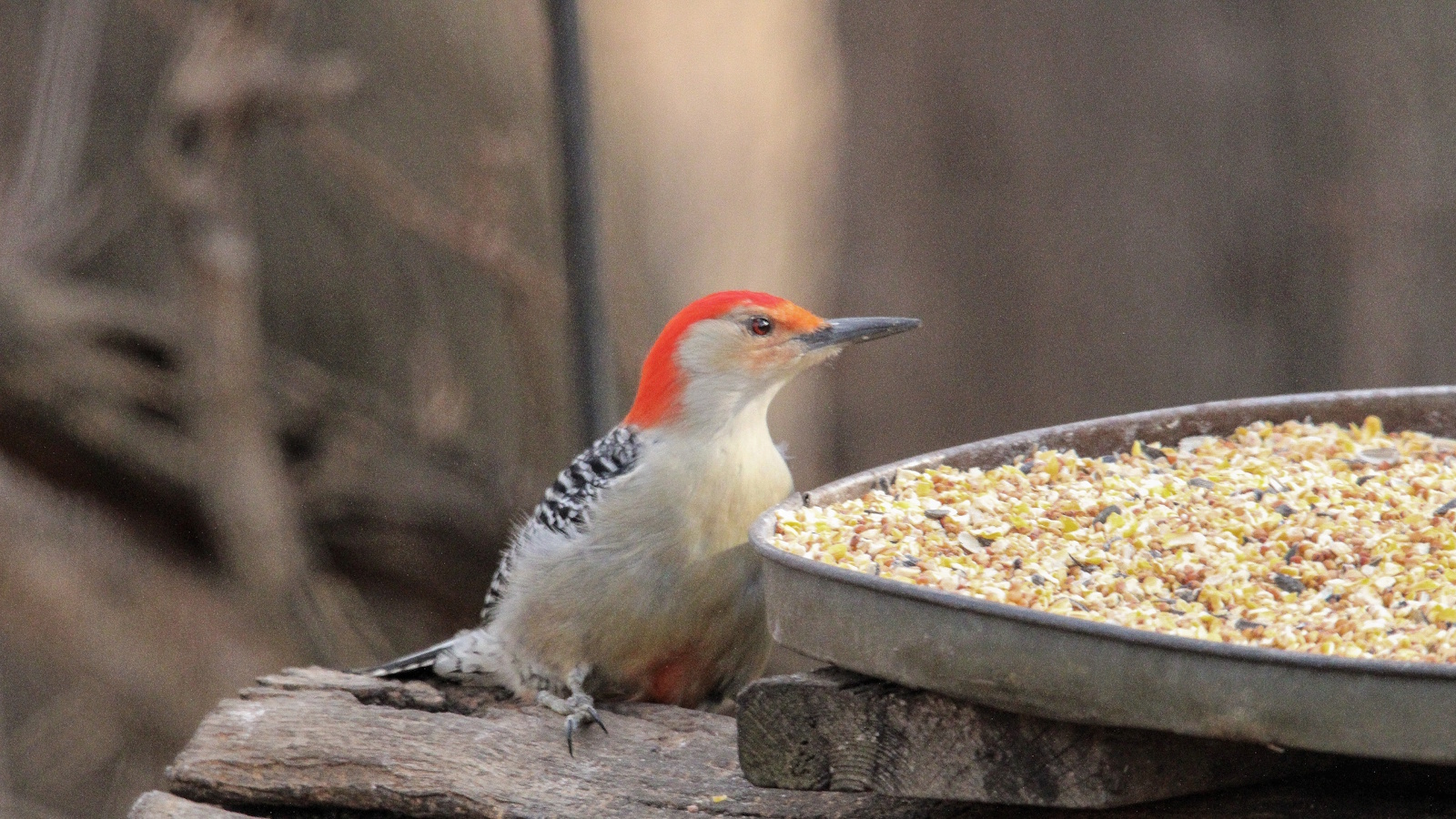

Many different types of feeders can help to attract and support local birds. Whether you hang suet balls in your trees or have a plastic tube filled with sunflower seeds, having a bird feeder can help to create a wildlife haven right outside your backdoor.
However, without proper care, bird feeders can become a hotspot for pests and disease, putting visiting birds at risk. And, with avian flu on the rise across North America, recognizing the signs of an infected bird feeder is more important than ever before.
By taking a few small steps you can ensure that local birds remain healthy and happy when visiting your yard. Here, one garden expert reveals the wildlife garden mistakes that can cause problems with bird feeders, including the key warning signs of contamination and how to address them.
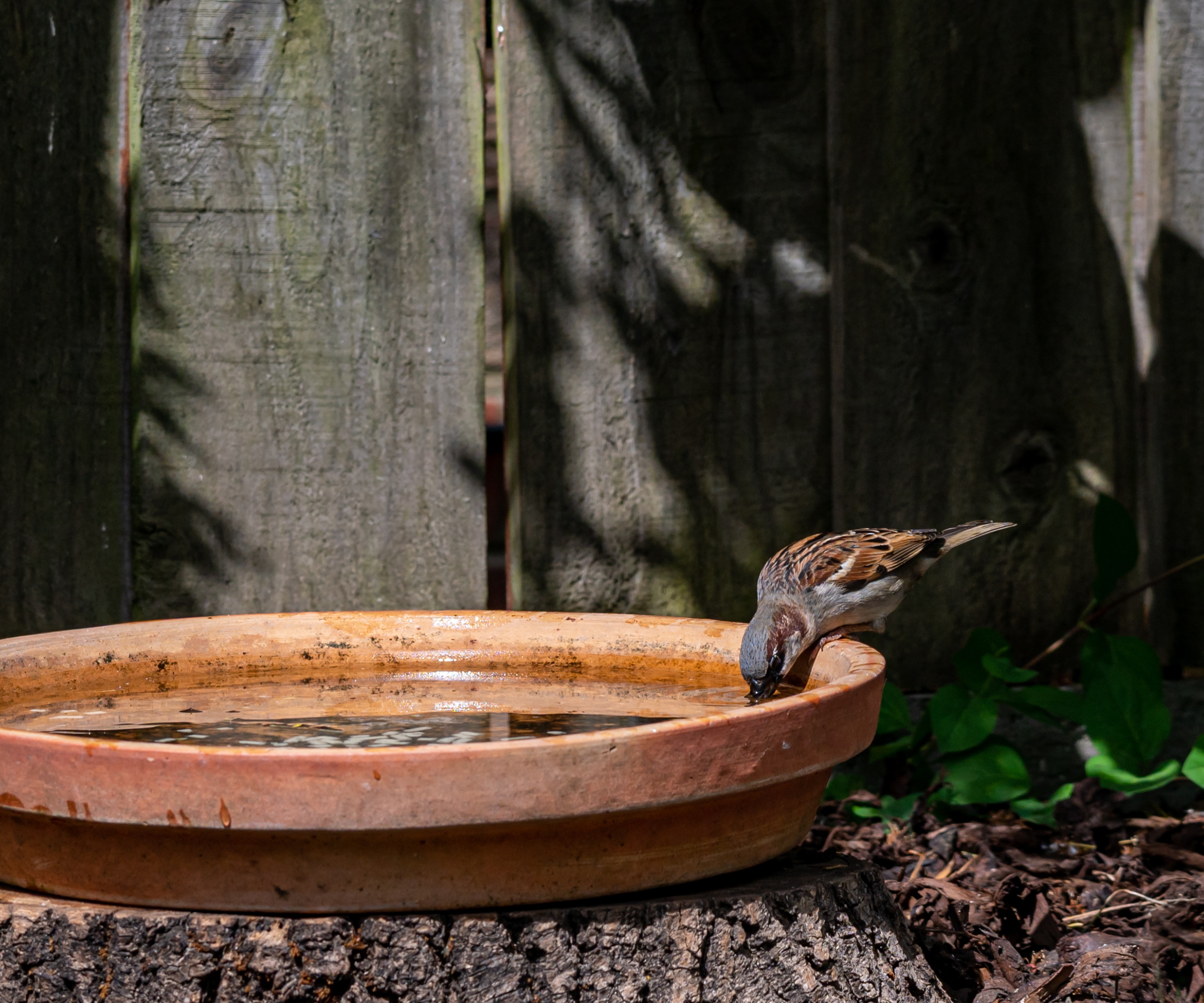
3 signs you have an infected bird feeder
If you are keen on wildlife garden ideas in your yard, chances are you might have a bird feeder. This easy way to support birds in the local area is low-effort and low-cost, and what could be better than spying songbirds just feet away from your back door? However, unless properly cared for, infected bird feeders can cause harm to avian visitors. Here are three warning signs to watch out for.
1. Moldy or wet seeds
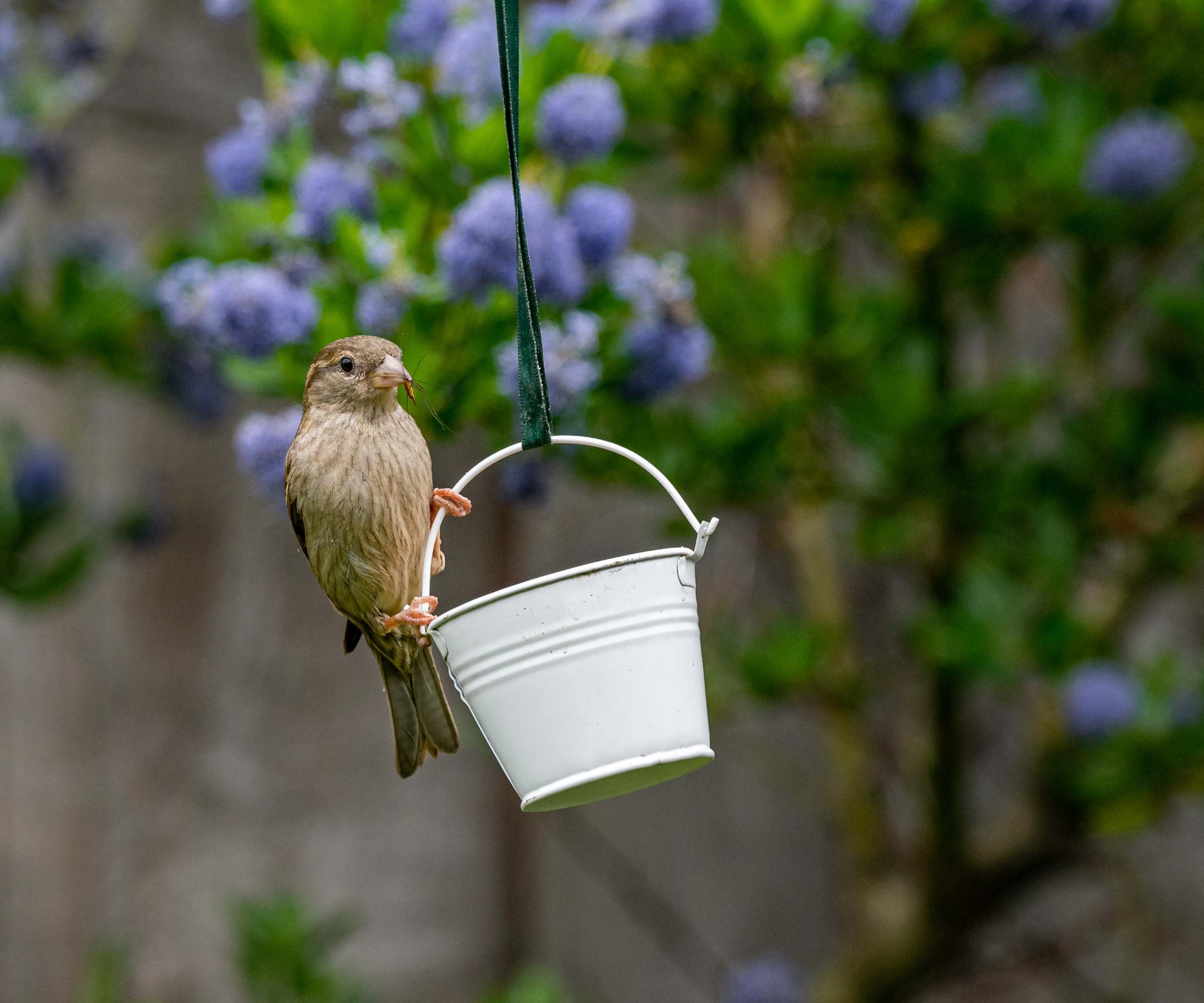
'Bird feeders can become a hot spot for disease if they’re not kept clean, and there are a few clear signs that something might be wrong,' says Reese Robbins, garden expert and creator of Just Pure Gardening.
'The most obvious sign to look out for is if the seeds inside your feeder look wet, clumped together, or have started to grow mold. If this is the case, it’s time for a clean-up,' Reese says. 'Moldy seed can make birds very sick, and you must take action quickly.
'More often than not, wet, moldy or damp feed occurs after rain or during periods of high humidity. Choosing a feeder with drainage holes can help to keep the seed dry.
'In addition, always store seed in a cool, dry place. If birdseed is wet or moldy in the shed, do not add it to the feeder - get rid of it and start afresh.' Birdseed is available online, such as this nut and berry birdseed mix, available from Walmart.
So, if you are feeding birds in winter in your yard, mold is perhaps the most obvious sign something is wrong. In this case, cleaning the feeder is recommended. Reese adds: 'It is a good idea to wash bird feeders every two weeks. Simply empty the contents and give them a thorough soak. Different people recommend different things, including vinegar-based or diluted-bleach solutions. Whatever method you go for, make sure the feeder is fully rinsed and allowed to completely dry before use.'
As Reese says, there are many different methods, but one fool-proof option is to opt for an eco-friendly product tailored to the job, such as this bird feeder cleaner, available from Amazon.
Finally, when refilling your feeder, don’t overdo it. Adding small amounts is best advised, and taking a little-and-often approach will help to reduce the spread of infection from stale, moldy seeds.
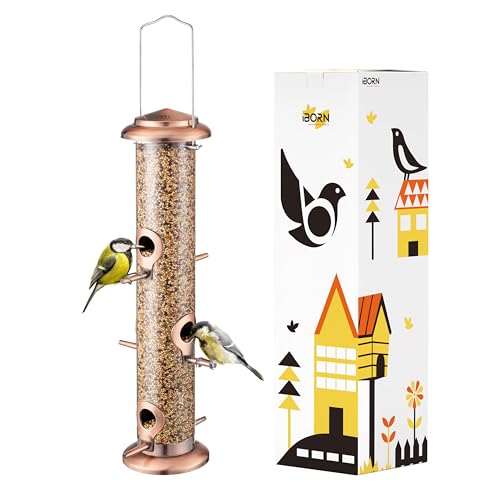
With six feeding ports and multiple perches, songbirds will soon be visiting your yard. This design is preferred as opposed to an open dish, which is more at risk of contamination.
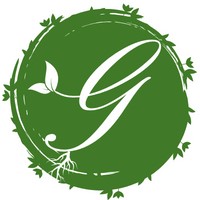
Reese L. Robbins is the founder of Just Pure Gardening, a site full of fruit and vegetable growing guides, garden ideas, and garden product reviews.
2. Fewer garden birds are visiting
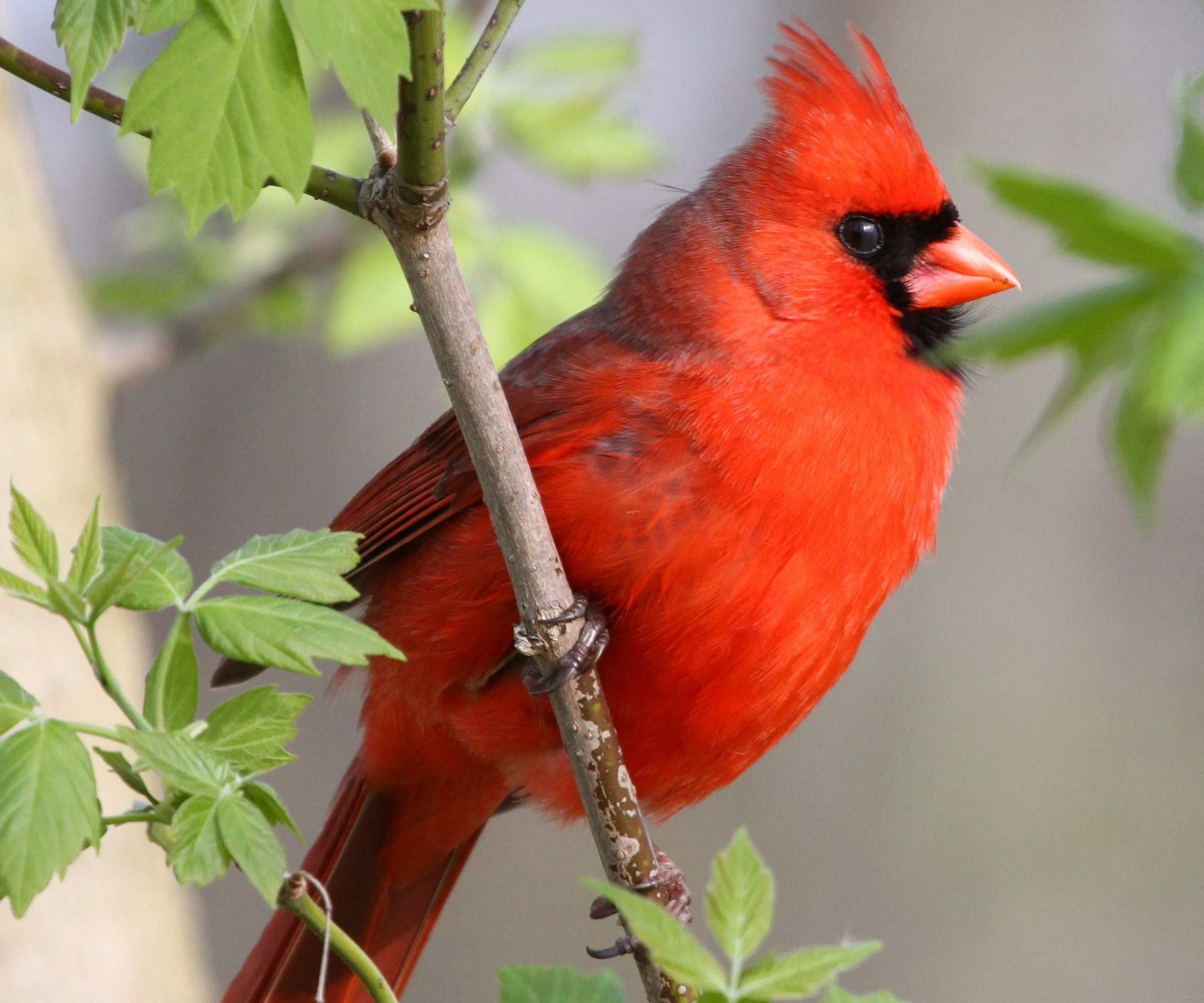
'If birds seem to be avoiding your feeder, it could mean that they sense the feeder isn’t safe,' Reese says. 'Any sudden drop in bird visits can be a warning sign that something isn't right.'
'Similarly, if you notice unwell or deceased birds in your yard, this is a major red flag,' Reese adds. 'If any birds appear slow, seem to limp, or fail to fly, remove your feeders and clean them.
'In this instance, keep an eye on your yard for any other signs of illness, and consider contacting a regional wildlife organization who may be able to advise if there is a localized outbreak.'
3. Odors and pests
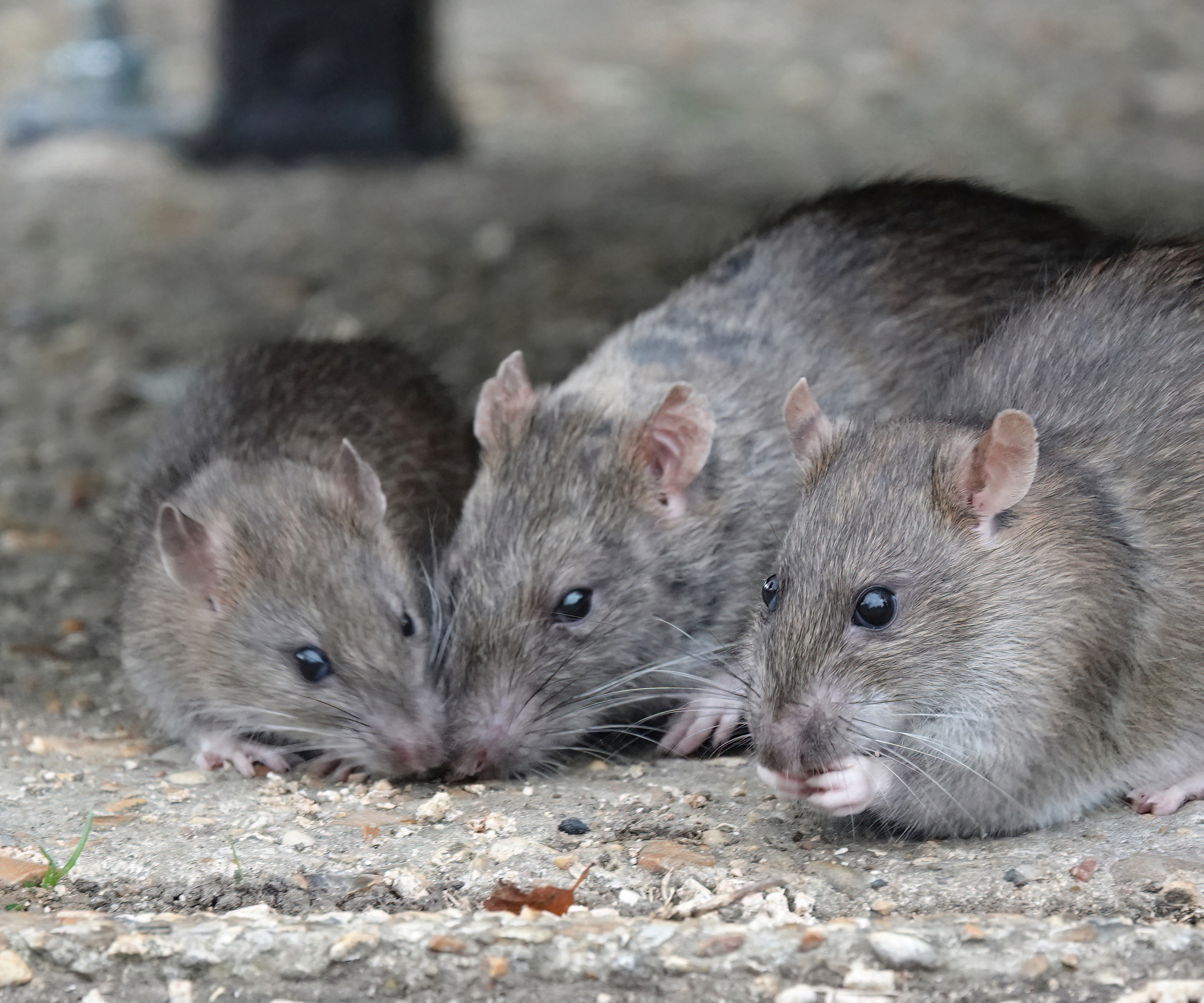
'Finally, a strong, unpleasant odor coming from the feeder is a bad sign, especially if you’re using a hummingbird feeder, as this could be a sign that the nectar is infected,' Reese adds. 'Regular cleaning will eliminate bad smells and any build-up of bacteria.
'In addition, monitor your feeder for pests,' Reese says. 'Any sign of ants, flies, mice or rats is a cause for concern. In terms of where to hang your bird feeder, keep them away from compost heaps or bins, which can cause pest problems. To reduce the risk, make sure the feeder is out of reach, especially for hungry squirrels or nosy cats.
'Placing the feeder in a well-ventilated, sunny spot will also minimize infection risks, but I would also recommend keeping the area underneath free from debris and trash.'
FAQs
Can bird feeders contribute to the spread of bird flu in North America?
Wild birds can pass on the avian flu virus through droppings or secretions, which can contaminate bird feeders and water sources. Currently, the transmission to songbirds has been low, and removing bird feeders is only recommended if you also keep poultry. Whatever your circumstances, it is best to regularly clean feeding stations and water dishes to reduce the risk of the virus spreading. For updates, consult the US Department of Agriculture website.
When you are monitoring your bird feeder, it is also a good idea to keep an eye on bird baths. Our guide on how to clean a bird bath has all the information you need to know, and regular cleaning will help to keep disease and infection out of your yard.
For more wildlife garden ideas this year, why not invest in a bird feeder camera? With this latest gadget for birdwatchers, taking high-resolution images of bird visitors to your yard has never been so easy. You can visit Amazon for the latest bird feeder cameras.
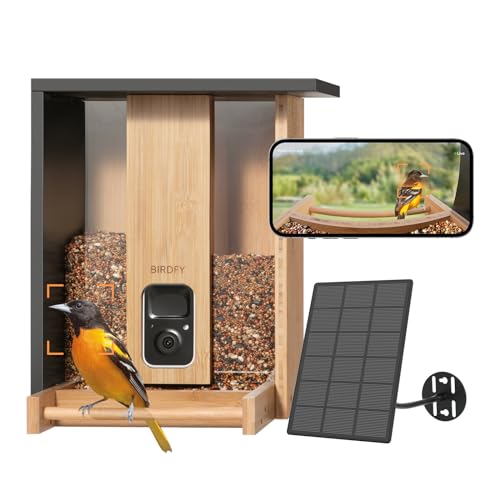
This Netvue smart bird feeder camera is made from bamboo wood and is durable and waterproof. It has a 3.5L seed bin that can be filled with two separate products, helping to attract different birds to your feeder. This gadget has a 1080P high-definition camera, allowing you to take impressive shots.
Sign up to the Homes & Gardens newsletter
Design expertise in your inbox – from inspiring decorating ideas and beautiful celebrity homes to practical gardening advice and shopping round-ups.

Thomas is a Content Editor within the Gardens Team at Homes and Gardens. He has worked as a professional gardener for both public spaces and private estates, specializing in productive gardening, growing food and flowers. Trained in Horticulture at the Garden Museum, he has written on gardening and garden history for various publications, including The English Garden, Gardens Illustrated, Hortus, The London Gardener and Bloom. He has co-authored a Lonely Planet travel book, The Tree Atlas, due out in 2024.
-
 Interior designers on the best piece of decorating advice they inherited from their parents and grandparents
Interior designers on the best piece of decorating advice they inherited from their parents and grandparentsInterior designers share the decorating advice passed down to them from their family – these are the key tips they've been carrying for years
-
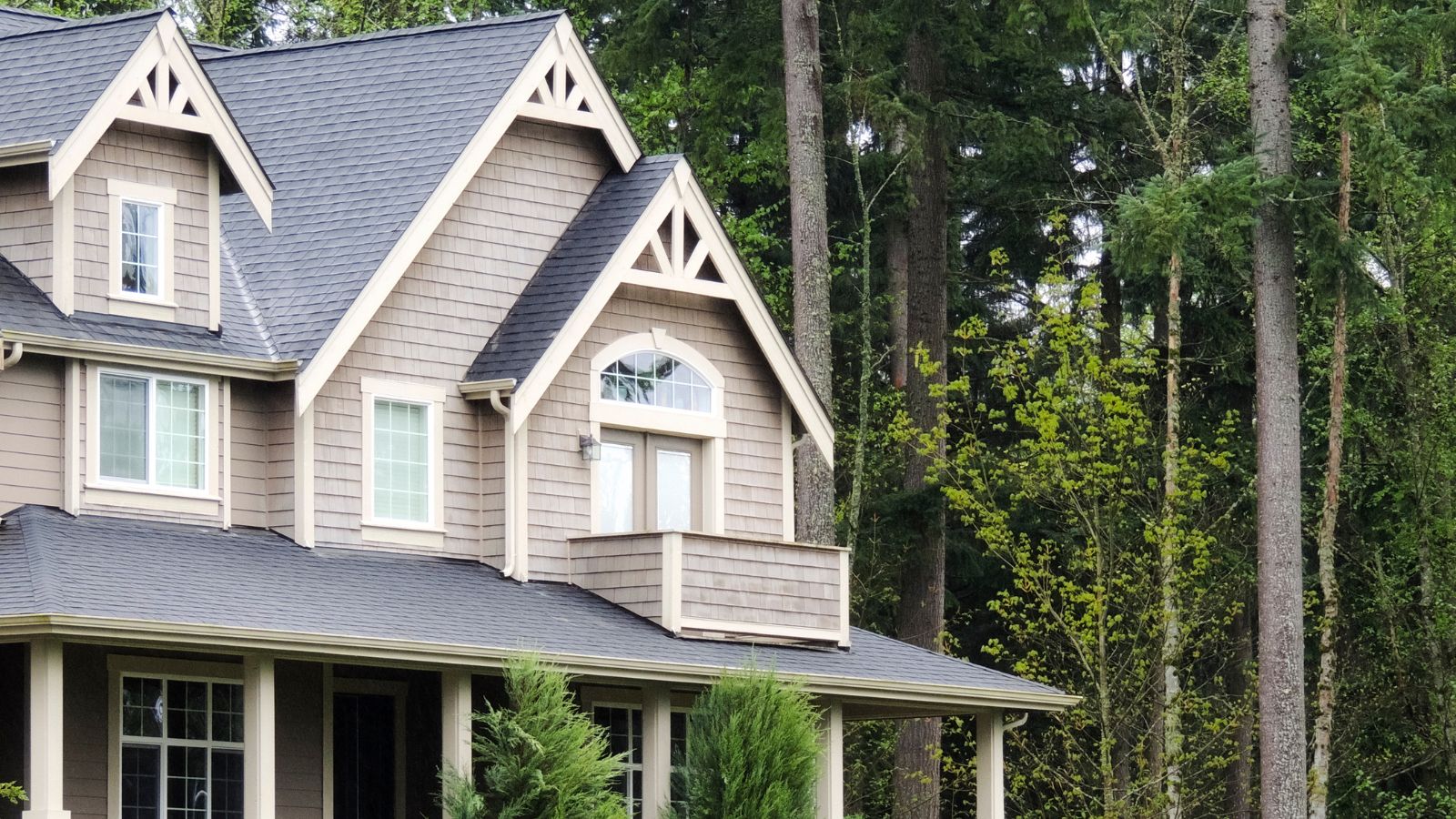 Can you paint a metal roof? Experts warn this could make or break your ‘worthy’ DIY efforts
Can you paint a metal roof? Experts warn this could make or break your ‘worthy’ DIY effortsDone right, it'll improve energy efficiency and avoid corrosion